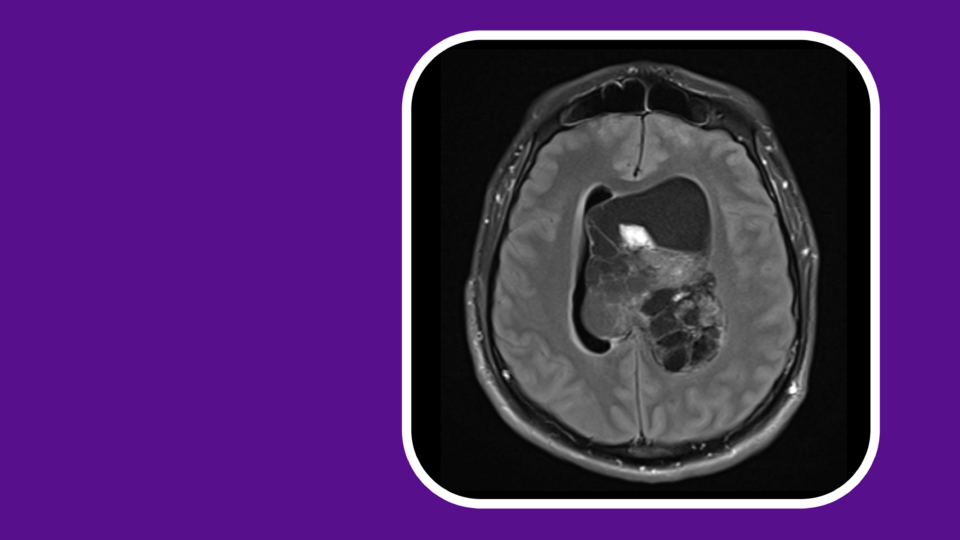Alzheimer’s disease research has long focused primarily on drugs that may reduce amyloid plaques as a potential treatment. Recently, however, monoclonal antibodies that target tau tangles have also begun to show promise. The decade-old Dominantly Inherited Alzheimer’s Network Trial Unit (DIAN-TU)—an international public–private partnership focused on dominantly inherited Alzheimer’s disease (DIAD)—is currently enrolling participants for its first phase 2/3 trial of such a drug.
The Tau NexGen trial, as it is known, is also the first Alzheimer’s disease prevention study to target tau tangles and amyloid plaques with two drugs simultaneously. The global, multicenter trial is testing E2814, an investigational anti-microtubule binding region tau antibody, in conjunction with the FDA-approved anti-amyloid drug lecanemab.
“I believe that combination therapeutic approaches to Alzheimer’s disease are the wave of the future.”
Thomas M. Wisniewski, MD
NYU Langone Health is the only Tau NexGen study site in the New York tristate area, drawing in patients from throughout the region. The site principal investigator is Thomas M. Wisniewski, MD, director of the Alzheimer’s Disease Research Center, Pearl I. Barlow Center for Memory Evaluation and Treatment, and Center for Cognitive Neurology.
“I believe that combination therapeutic approaches to Alzheimer’s disease are the wave of the future,” says Dr. Wisniewski, an internationally recognized expert on amyloid deposition who has contributed to the development of several novel biomarkers and treatments for the disease.
“In this disorder, where you have two pathologies—the accumulations of amyloid beta and abnormally phosphorylated tau—it’s essential to address both to have a maximum impact.”
A One-Two Punch
The Tau NexGen trial includes patients who are both presymptomatic and symptomatic for DIAD. Participants in the former group are cognitively healthy but are biologically characterized as accumulating tau “seeds” in the brain. Symptomatic participants have early cognitive impairment and are characterized by neurofibrillary tangle spread.
The trial will assess the safety, tolerability, biomarker, and cognitive efficacy of multiple anti-tau drugs, beginning with E2814. Lecanemab will serve as the “background” anti-amyloid therapy.
Presymptomatic patients will be randomly assigned to receive E2814 or a placebo for a year before beginning lecanemab. By staggering the therapies in this manner, the investigators will be able to evaluate the effects of the anti-tau drug alone before assessing the impact of both drugs together. Because amyloid plaques accumulate before tau tangles in Alzheimer’s disease, the study team aims to assess whether amyloid removal clears the way for an anti-tau drug to function most effectively.
“In this disorder where you have two pathologies, it’s essential to address both to have a maximum impact.”
If the primary and secondary endpoints are shown to be positive after two years, the study will be extended for another two years to assess whether E2814 slows cognitive decline in symptomatic patients and has further effects on tau pathology.
Home Field Advantages
An unusual aspect of the Tau NexGen trial design is that intravenous medications will be administered in patients’ homes by nurse practitioners and infusion nurses, removing a common barrier to participation. “A big stumbling block for these types of intravenous biologics is the hassle of having to come into an infusion center every few weeks,” Dr. Wisniewski notes. “Home-based care is a big advantage for patients and their families.”
An added advantage for the NYU Langone trial site is that, unlike many centers, it has an in-house facility for synthesizing tracers for amyloid and tau PET imaging.
“These ligands often have very short half-lives, which can create logistical problems when they have to come from an outside manufacturer,” Dr. Wisniewski says. “Being able to make ours in-house will help us get these potentially beneficial medications to as many patients as possible.”






